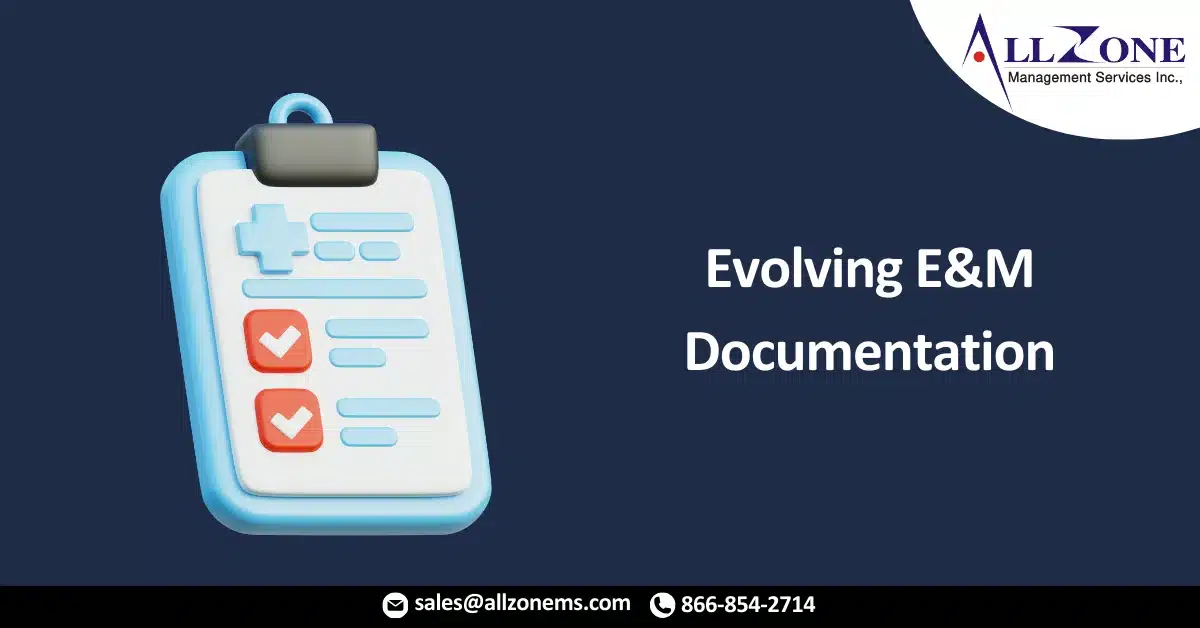Providers today are stuck using outdated templates, leaving ample room for improvement.
Let’s take a retrospective look at evaluation and management (E&M) services—examining what we had, what we have now, and what lies ahead.
Before the implementation of the 2021 documentation guideline (DG) changes, many providers relied on templates built around outdated office-based documentation requirements in systems like eClinicalWorks (eCW), EPIC, and CERNER. These templates emphasized history of present illness (HPI), review of systems (ROS), past family/social history (PFSH), and comprehensive physical exams—elements no longer required under the 2021 DG framework. While significant time, effort, and financial investment went into developing these templates, it’s now time to shift the focus toward documenting the actual problems discussed during a patient encounter, aligning with the intent of the 2021 DG.
The 2021 DG introduced a structured and improved approach to documentation, but it is far from a final product. Key terms remain undefined, leading to discrepancies between payors and internal disagreements among coders. A prime example is prescription (RX) management—many Medicare Administrative Contractors (MACs) define it as the initiation, discontinuation, modification, or continuation of any prescription drug, yet the American Medical Association (AMA) has not provided a standardized definition. Similarly, the AMA’s definition of a chronic problem often clashes with clinicians’ interpretations, causing confusion. To ensure clarity and consistency, the 2021 DG must evolve as a living document—much like the CPT code set—rather than remain static.
Looking ahead to 2023, the expansion of the 2021 DG into other E&M settings brings significant changes. One of the most welcomed updates is the incorporation of these guidelines into emergency department (ED) services. The longstanding inconsistency in payor interpretations—particularly regarding new problems requiring additional workup—has unfairly impacted providers, who should be focused on patient care rather than distinguishing between level 4 and level 5 visits. Providers often don’t know the specific payor’s criteria, and NAMAS has frequently served as a third-party reviewer in carrier disputes, highlighting these inconsistencies. Eliminating the need for such interpretations will be a much-needed improvement.
While the 2021 DG represents progress, it won’t resolve all E&M documentation challenges across various care settings. If left unchanged—like the 1995 and 1997 guidelines—it risks becoming outdated. Continuous updates and refinements are essential to ensuring that E&M documentation remains relevant, practical, and aligned with real-world clinical workflows.

